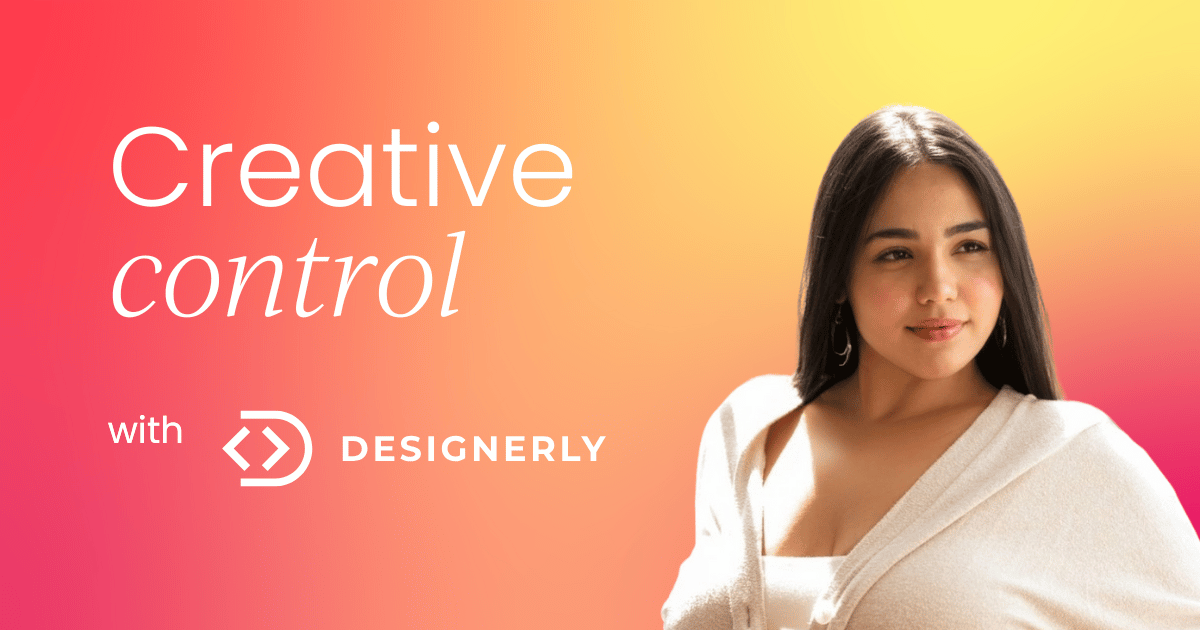Every CMO knows the dilemma: how do you keep campaigns sharp, on-brand, and effective without muting the very authenticity that makes influencer marketing work? Lean too hard on control, and you get polished posts that fall flat. Give too much freedom, and your message gets lost in translation.
This article unpacks how to strike the right balance. We’ll explore why respecting creator voices drives ROI, the pitfalls to avoid when overstepping, and proven strategies for setting guardrails that empower rather than restrict. The goal? Building influencer partnerships that elevate both brand equity and audience trust.
Let’s dive in.
The value of balanced partnerships
Influencer partnerships are a performance channel. When brands and creators strike the right balance, campaigns not only meet business goals but also resonate with audiences through an authentic voice. Campaigns that feel genuine drive engagement. Audiences tune out when content feels staged, so they are more likely to respond to influencers who speak their language.
Industry reports show that over 80% of marketers believe influencer marketing is a highly effective strategy. That is why getting the relationship right matters – it’s the foundation of building a high return on investment (ROI). While micromanaging creatives may keep every line on-brand, it often kills the spontaneity that makes influencer content persuasive.
A respectful, collaborative partnership also builds long-term advocacy. Treat the experts as equal partners, trust their audience expertise, and you will get work that performs now and keeps delivering value down the line.
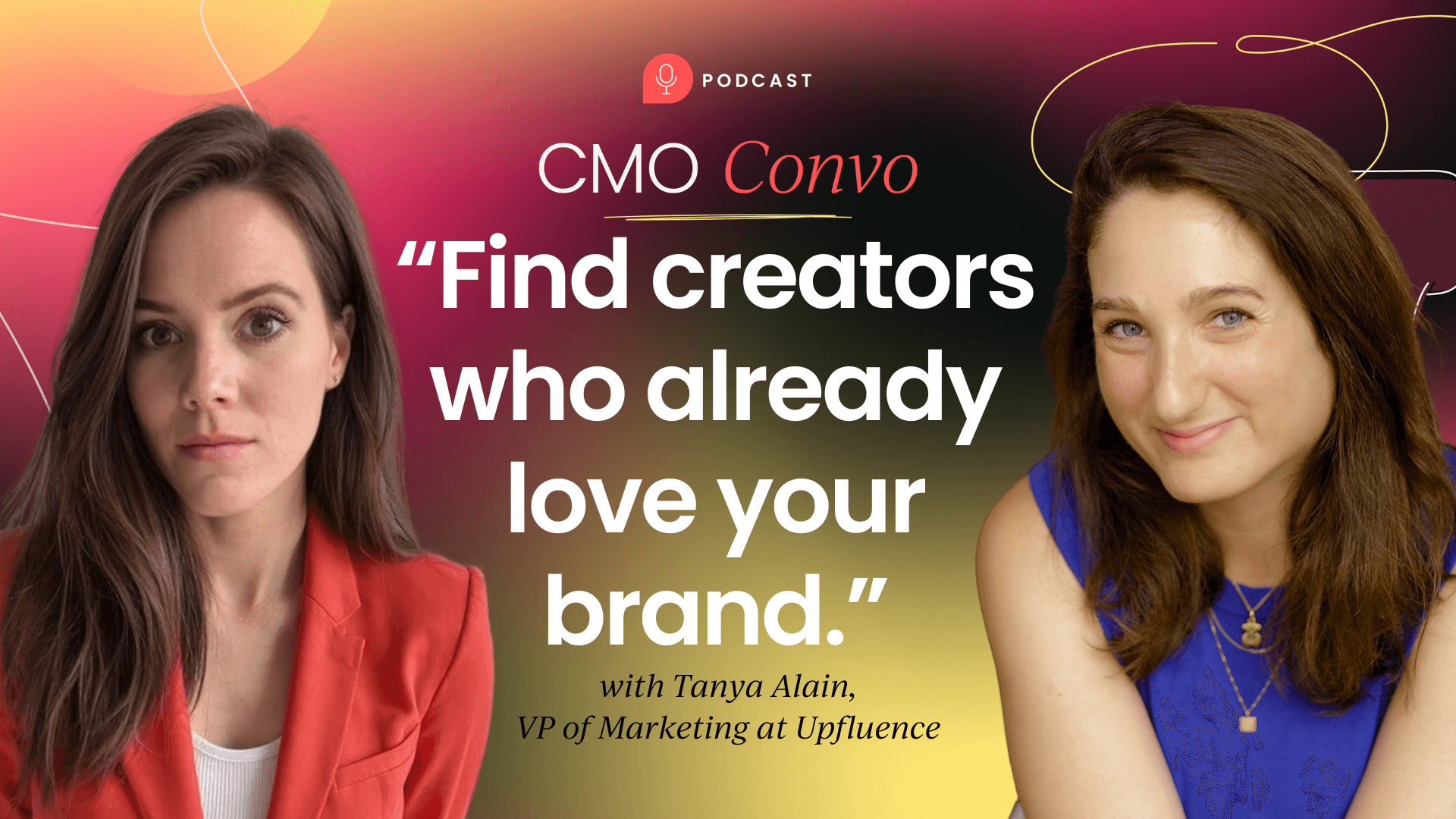
The challenges of balancing brand and creator needs
Striking the right balance between brand standards and influencer creativity is the goal – but it comes with several challenges:
- Audience fatigue from formulaic content: Long-term or overly prescriptive campaigns can feel repetitive to audiences. When content looks staged, engagement drops, and the campaign’s impact fades.
- Influencer burnout and quality drops: Creators often have multiple partnerships and deadlines, so expecting constant, high-quality output for the same brief can lead to lower-quality work and missed deadlines.
- Finding dependable partners: Creators are not always the right fit for the brand’s aesthetic, so marketers must ensure they work with someone with the same values and target audience. The better the fit, the easier it is to keep that partnership long-term.
- Reputation spillover: Partnering with someone who later stumbles can ruin the credibility of each side post-campaign. Influencers’ values and opinions may change over time, and they could make a controversial statement that turns the partnership into a liability for the brand.
- Overlapping deals: When influencers juggle similar brand campaigns, it can confuse followers and create contractual conflicts.
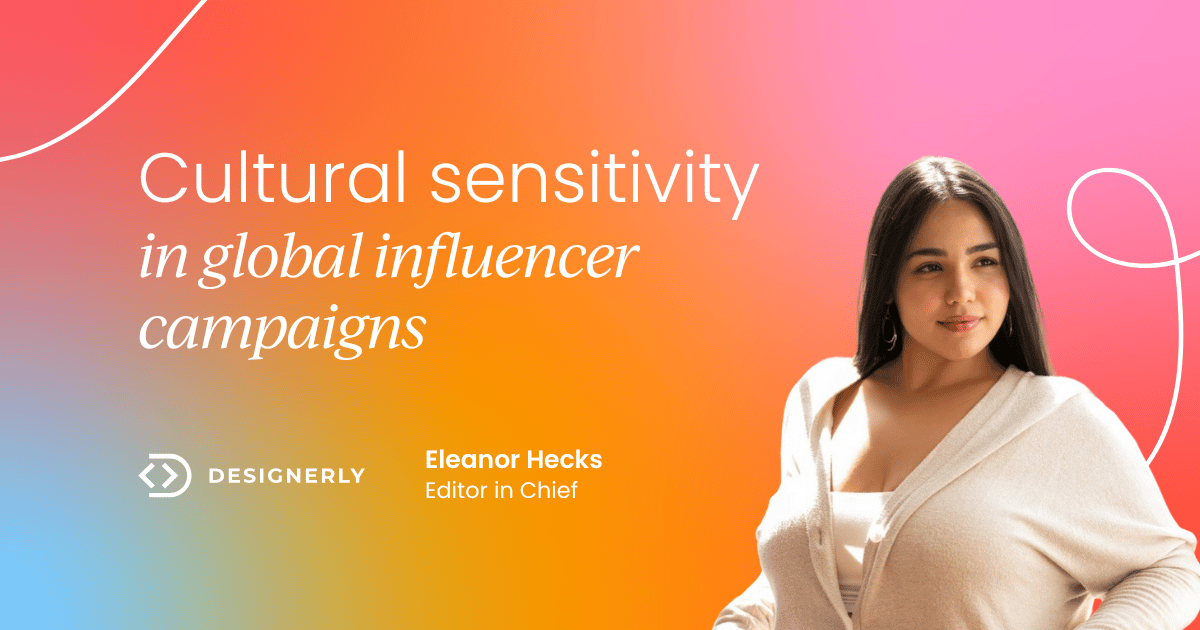
Strategies for maintaining healthy collaboration
Valuable long-term influencer partnerships don’t happen by chance – they come from a repeatable process that balances control with creative freedom. The strategies below will help you brief, approve, and measure work in a way that protects your brand while amplifying creator voices.
1. Establish clear guidelines with room for creative freedom
Defining clear guidelines with room to create is a great way to remove the guesswork while protecting what your brand stands for. This gives influencers a clear path to understanding the nonnegotiables, guiding them to make the right choices that keep the campaign on point.
At the same time, explicitly leaving space for their voice prevents content from feeling staged. Creators who know the boundaries but own the execution produce more natural work that meets the audience and brand needs.
To put this into practice, you must start with the essentials – a one-line campaign goal and a single-sentence core message that anchors everything. Spell out the must-haves and must-nots, then describe the tone with brief do-and-don’t examples.
Afterward, call out the specific areas creators can adapt, such as copy, pacing, framing, and which product features to highlight. These will help them know where creative freedom begins.
Finally, you can make the logistics work for both sides by being explicit about deliverables, specs, review timing, usage rights, and more. Clear logistics cut down on revisions and speed approvals while preserving authenticity.

2. Foster collaboration through active listening
Treat creators like partners from day one. Invite their ideas early, share your audience insights, and truly consider their perspective.
Studies show that workers who feel heard are 4.6 times more likely to do their best work, so leaning into two-way conversation is the key to improving creative outcomes. When social media personalities feel listened to, they bring better concepts, smarter hooks, and more confidence to represent your brand authentically.
Start with a short kick-off or co-creation session before drafting a full brief. Share goals and guardrails, ask your partner to pitch two or three directions in their voice, and be open to ideas they know will land. This early input will turn single projects into reliable partnerships that protect your brand while keeping creator authenticity front and center.
3. Build long-term partnerships
Long-term partnerships are an investment and take a lot of work, but the payoff is worth it. Repeat collaborations drive stronger brand alignment, reduce friction in execution, and result in content that feels natural, credible, and audience-first.
Compensation is central to making that happen. Approximately 64% of creators value financial incentives, so fair pay should be one of the top relationship priorities. This means offering predictable retainers or block-booking models where possible and adding creative incentives for standout work. Be explicit about usage fees and repurposing windows so you know when you can reuse content across channels.
Finally, continue building a healthy partnership. This includes a mix of regular check-ins, a simple renewal cadence, shared key performance indicators (KPIs), and a lightweight creative brief template you both use. This tactic will help creators feel fairly treated and see a path of ongoing value, giving you campaigns that improve every time.

4. Incorporate feedback loops
Feedback loops exist to make approvals predictable and productive. Start by agreeing on the check-in points and clarifying who makes the final call on the brand side. Having one decision-maker prevents mixed messages and helps creators stay focused and move quickly
It’s best to keep feedback rounds tight and comments outcome-focused. Limit formal review rounds and ask reviewers to give specific, actionable notes tied to the core message. Think of every campaign as a chance to learn—note what clicked, what fell flat, and carry those insights forward. A short debrief not only speeds up future projects but also helps both sides sharpen their process and deliver content that feels on-brand every time.
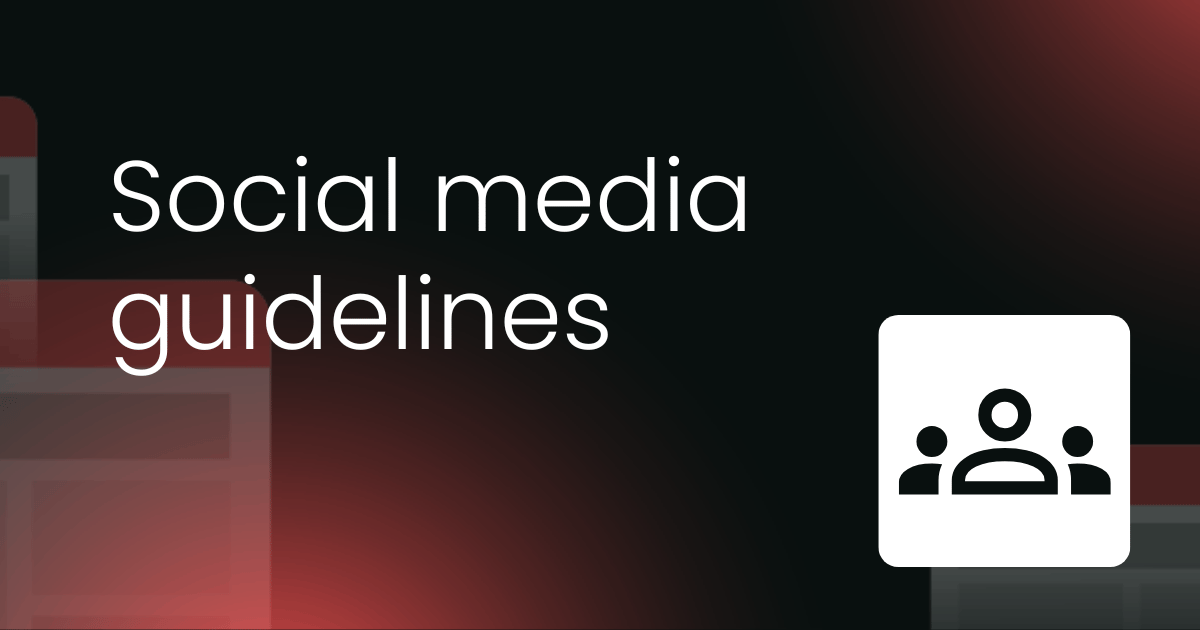
5. Use contracts to protect both parties
Contracts are the best tool for turning creative relationships into more stable, scalable workflows. Roughly 56% of brands repurpose creator content across their channels, making clarity on usage rights, durations, and fees essential before a post goes live.
At a minimum, a creator contract should name the deliverables, spell out compensation, and define content usage. It should also require clear disclosure of paid relationships per regulator guidance and a callout of who is responsible for compliance with endorsement rules.
Negotiate with fairness and flexibility. Offer straightforward reuse fees or tiered pricing for larger license scopes and include a quick-approval Service Level Agreement (SLA) so creators get their checks and sign-offs immediately. This combo protects your brand and removes the legal friction that otherwise poisons long-term collaborations.
Closing thoughts on balancing control and creativity
Finding the right balance between brand control and influencer freedom should be a repeatable process you can build. With clear guardrails, early collaboration, and simple guidance, you protect your brand while giving creators room to shine.
Get that balance right, and your campaigns won’t just meet business goals – they’ll resonate with audiences in ways only an authentic voice can.






.png)



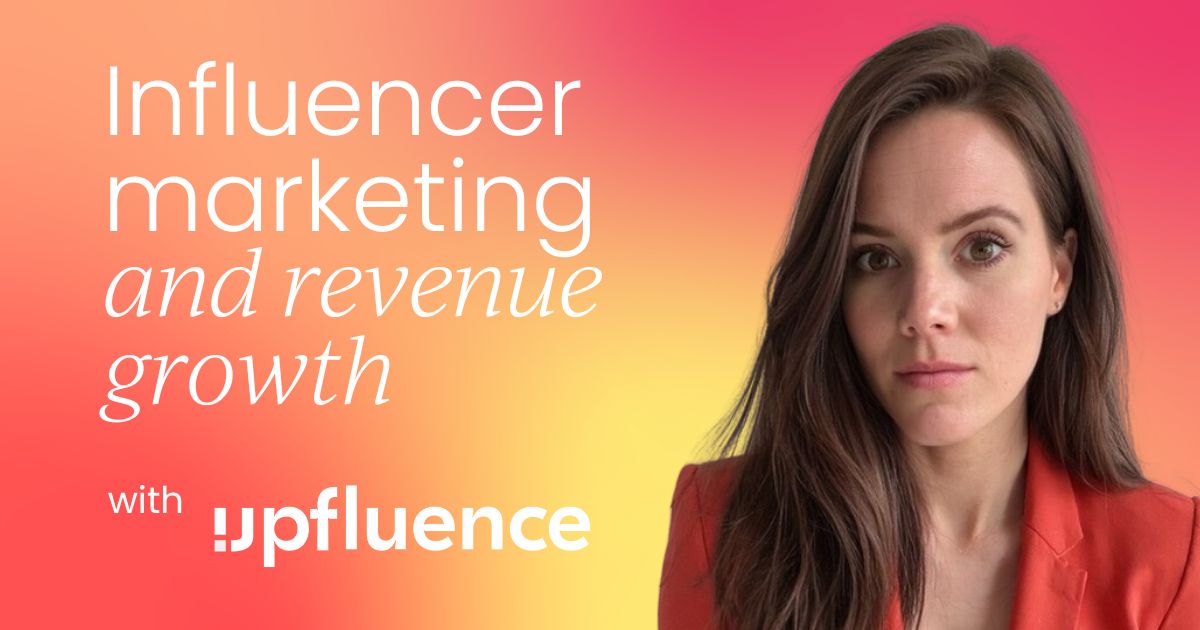
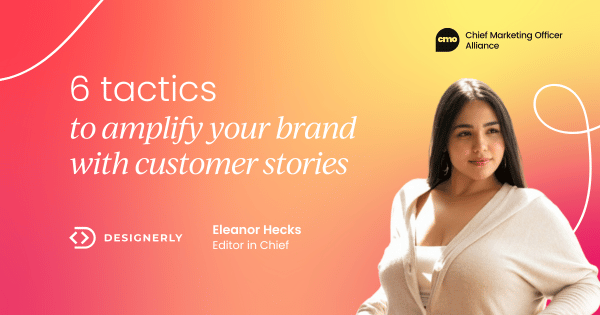




 Follow us on LinkedIn
Follow us on LinkedIn






